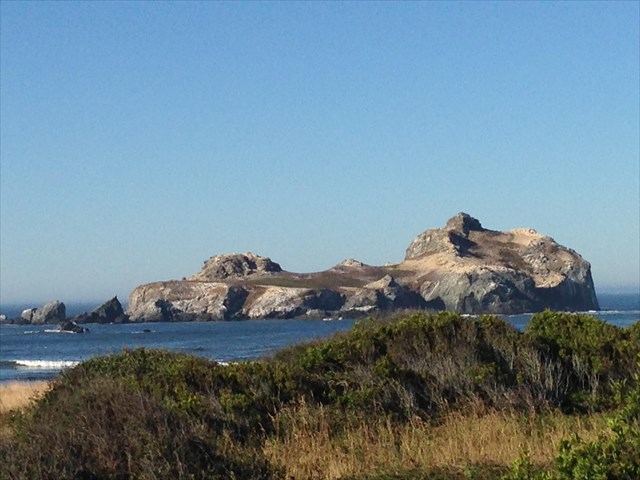
California's Underwater Parks
In December 2012, California became an international leader in ocean protection by completing the United States’ first statewide network of marine protected areas (MPAs). Like the nation’s parks, forests and wilderness areas protect wildlife and habitats on land, MPAs protect and restore unique areas of the ocean. California’s MPAs come in many “flavors”; the size and level of protection, including fishing restrictions, can vary from one area to the next. Also called underwater parks or “Yosemites of the Sea”, they’re designed to protect an entire ecosystem, rather than protecting just a single species and ensure healthy, vibrant ocean life for generations to come.
California’s MPAs safeguard critical ocean habitat, allowing sensitive marine communities such as rocky reefs and seagrass beds to thrive and recover. They also protect biodiversity hotspots and important foraging grounds that support numerous species of fish and invertebrates, as well as seabirds and marine mammals. This in turn benefits a wide range of species including plants like bull kelp, invertebrates like sea stars, and marine mammals such as seals and otters. As safe havens, underwater parks offer a home and refuge for big, old, fat, female fish (BOFFFF) to recover, grow and replenish our ocean.
MPAs are a "network of underwater nurseries"!
The north coast region is the fourth and final coastal region to establish a network of MPAs. Within the region, 20 MPAs and 7 special closure areas were designated from the California/Oregon border in the north to Alder Creek near Point Arena in the south. The north coast additions include spectacular areas along California’s famously beautiful and remote Lost Coast. These MPAs represent approximately 137 square miles (13%) of state waters in the north coast region with approximately 51 square miles (5%) designated as "no take" state marine reserves. These MPAs were approved and adopted in June of 2012 and went into effect in December 2012.
Castle Rock & Southwest Seal Rock Special Closures
Special Closures are areas designated by the California Fish and Game Commission that prohibit and/or restrict boating activities in waters adjacent to seabird rookeries or marine mammal haul-out sites.
Castle Rock is a 14 acre island that juts out of the Pacific near Point St. George, off the north end of the beach in Crescent City. The rock itself is a protected area, closed to visitors, and the special closure protects area around this island for 300 feet. Castle Rock is one of the largest nesting seabird colonies in the lower 48 states, providing critical habitat for roughly 120,000 seabirds, representing 13 species. It’s truly a bird watchers paradise!
Southwest Seal Rock Special Closure has been identified as an important breeding and haul-out habitat for Stellar sea lions, which are listed as “threatened” under the Endangered Species Act and a California “species of special concern”..
Pyramid Point & Point St. George Offshore Marine Protected Area
The ocean has always been an integral part of the life and culture in northern California, from the first people of the North Coast, the Tolowa, to today’s tribal, recreational, and commercial fishermen. Del Norte County’s MPA preserve traditional cultural practices and ensure a healthy ocean for future generations.
Pyramid Point State Marine Conservation Area [SMCA] extends from the Oregon border south to roughly three tenths of a mile north of Prince Island – a large sea stack near the mouth of the Smith River. There are a number of places to pull off Highway 101 and walk the beach along this MPA including Pelican State Beach and Clifford Kamph County Park. This MPA only allows the recreational take of surf smelt by dip net or Hawaiian type thro net and includes take exemptions for some federal tribes.
Point St. George Reef Offshore SMCA protects roughly nine square miles of open ocean with the easterly edge of the MPA lying just west of St. George Reef Lighthouse. This MPA only allows the recreational and commercial take of salmon by trolling or troll fishing gear, and Dungeness crab by trap and includes take exemptions for some federal tribes.
Explore California's Underwater Parks without getting your feet wet through new online tours!
Based on Google Earth and requires 3D plug in for your browser; follow instructions.